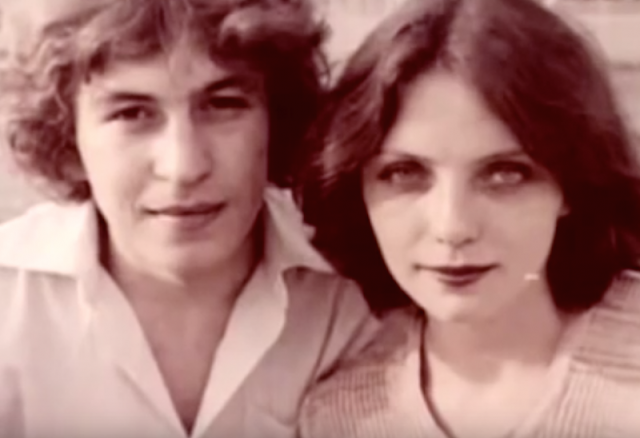Yakhchāls : An Ancient Way To Make Ice In The Desert
There are lots of things you'd never expect to find in the middle of the hot, sandy desert; penguins, movie theaters, and shipwrecks to name a few. But at the top of the list has got to be ice. Assuming you're not stuck in the Sahara with your trusty mini-fridge, you just can't make ice in the desert. But more than 2,000 years ago, ancient Persians figured out a way to do exactly that. And they could keep it frosty all year long.
The Tastee Freez Of The Desert
Yakhchāls look a bit like soft-serve ice cream, and they've been a part of the Iranian landscape since long before there was such a thing as Iran. The first of these conical structures popped up sometime around 400 B.C.E., towering about 18 meters (60 feet) above the desert landscape. Inside, you would find a vast underground cavern — and you'd probably start seeing your breath, no matter how hot it was outside. Follow the spiral staircase down, and you'll walk into the frozen aisle of the Persian desert grocery store.
You can probably guess how a reliable source of frosty temperatures and solid ice would come in handy in the summer heat. In fact, the ability to freeze water all year round helped to shape some key components of Persian culture. Without yakhchāls, it would be almost impossible to store some distinctly Persian foods (like lamb for kebabs) in hot months. What's more, the popular dessert faloodeh, which is made of vermicelli-esque noodles and semi-frozen syrup, would be literally impossible.
:quality(75)/curiosity-data.s3.amazonaws.com/images/content/landscape/standard/51f335e7-74b7-4ae3-c235-757f48008a63.png)
How Does It Work?
So clearly it works...but how? We can kind of wrap our heads around the idea that it's cooler underground than it is in the direct sunlight, but not that it could be so cold that water would actually freeze. As it turns out, it's not so strange after all.
Basically, the ice is initially made during the winter, when the whole environment is more conducive to freezing. It starts with water flowing into the lower chamber from underground channels known as qanats. There, it would come to a rest, allowing it to freeze (sometimes ice would be brought down from the mountains to kickstart this process). Bingo! Now you've got a nice reserve of ice...until it gets hot again.
That's where the above-ground part of the yakhchāl comes in. That giant cone? At the top, you'd find a chimney-like structure meant to funnel in the wind. The walls of the cone would be made of an extra heat-resistant substance called sarooj, made from sand, clay, egg whites, lime, goat hair, and ash, and another wall would be built around the yakhchāl to keep the sun from beating down on it. That way, with the wind channeled in at the top would be cooled down by the ice at the bottom, and would keep the entire structure nice and frosty all summer long. As an added bonus, all that work to keep the temperature down means that the ice just keeps piling up, even when the sun is high.
You can still find yakhchāls scattered throughout Iran, Afghanistan, and Tajikistan, some of which date back centuries. But if you ask around, you might just be brought to somebody's kitchen. So ubiquitous were these structures before the advent of electricity that "yakhchāl" is often used to refer to an ordinary refrigerator. Either way, you'll be able to keep your ice cream sandwich from getting goopy.
How Other Peoples Got Their Ice
Source : curiosity
- Get link
- X
- Other Apps


Comments
Post a Comment